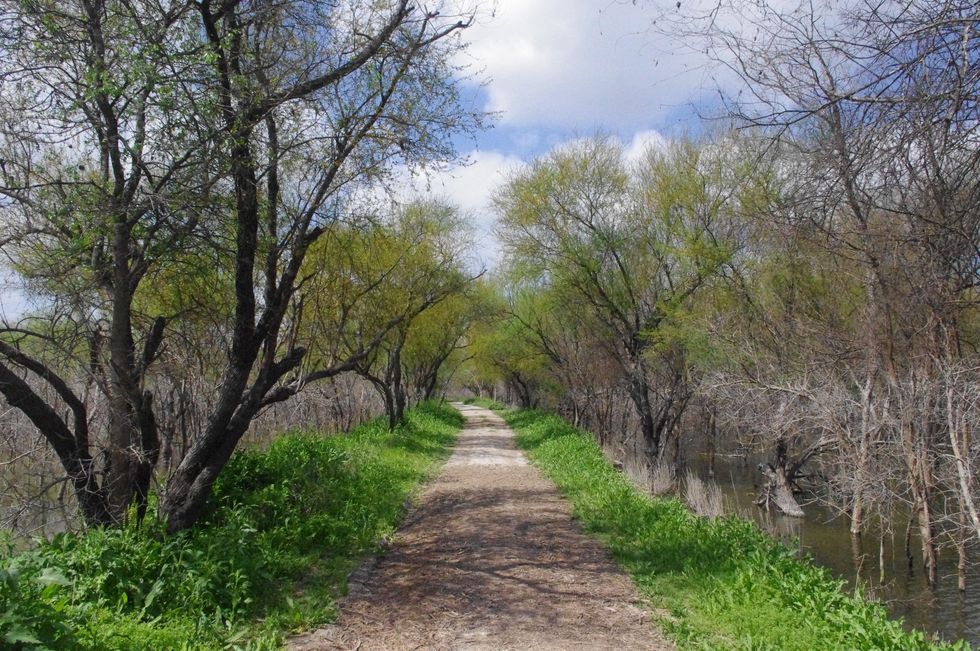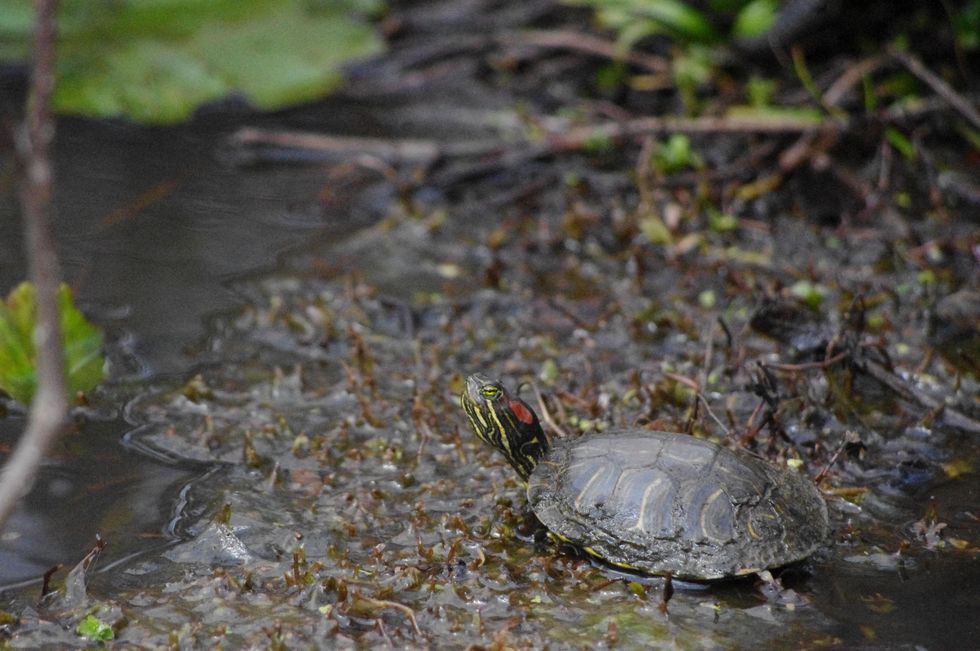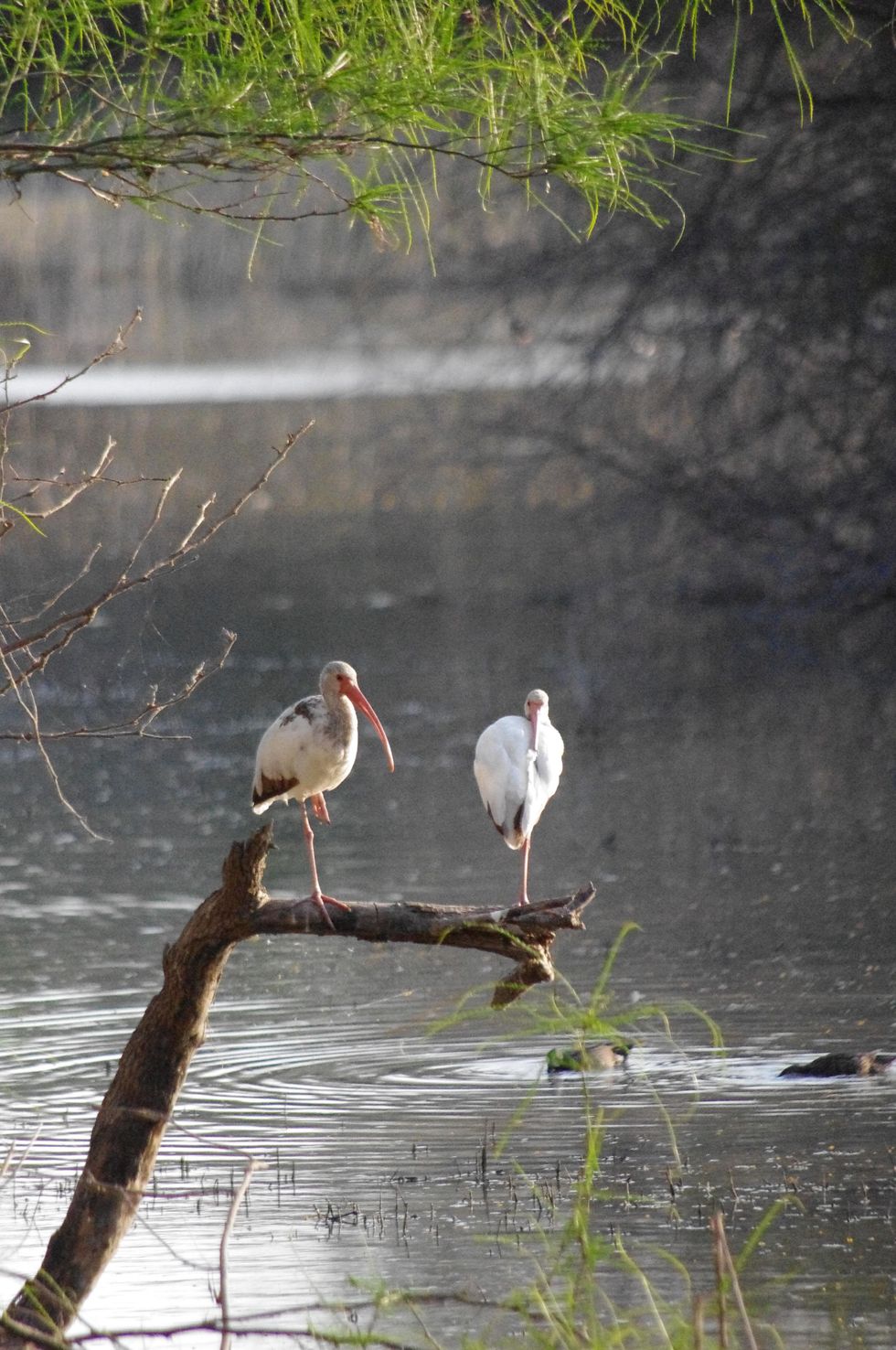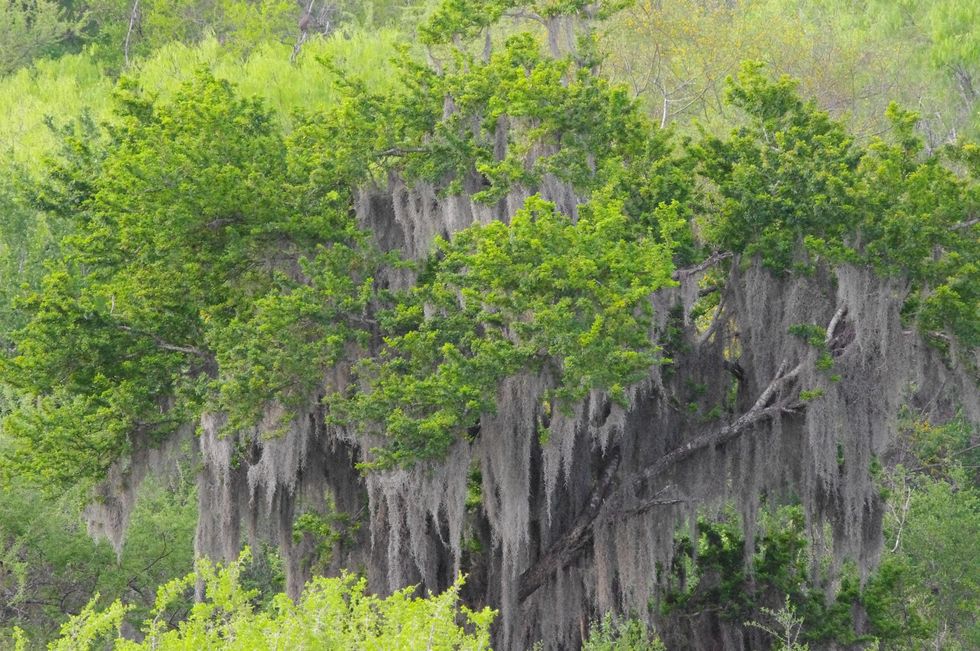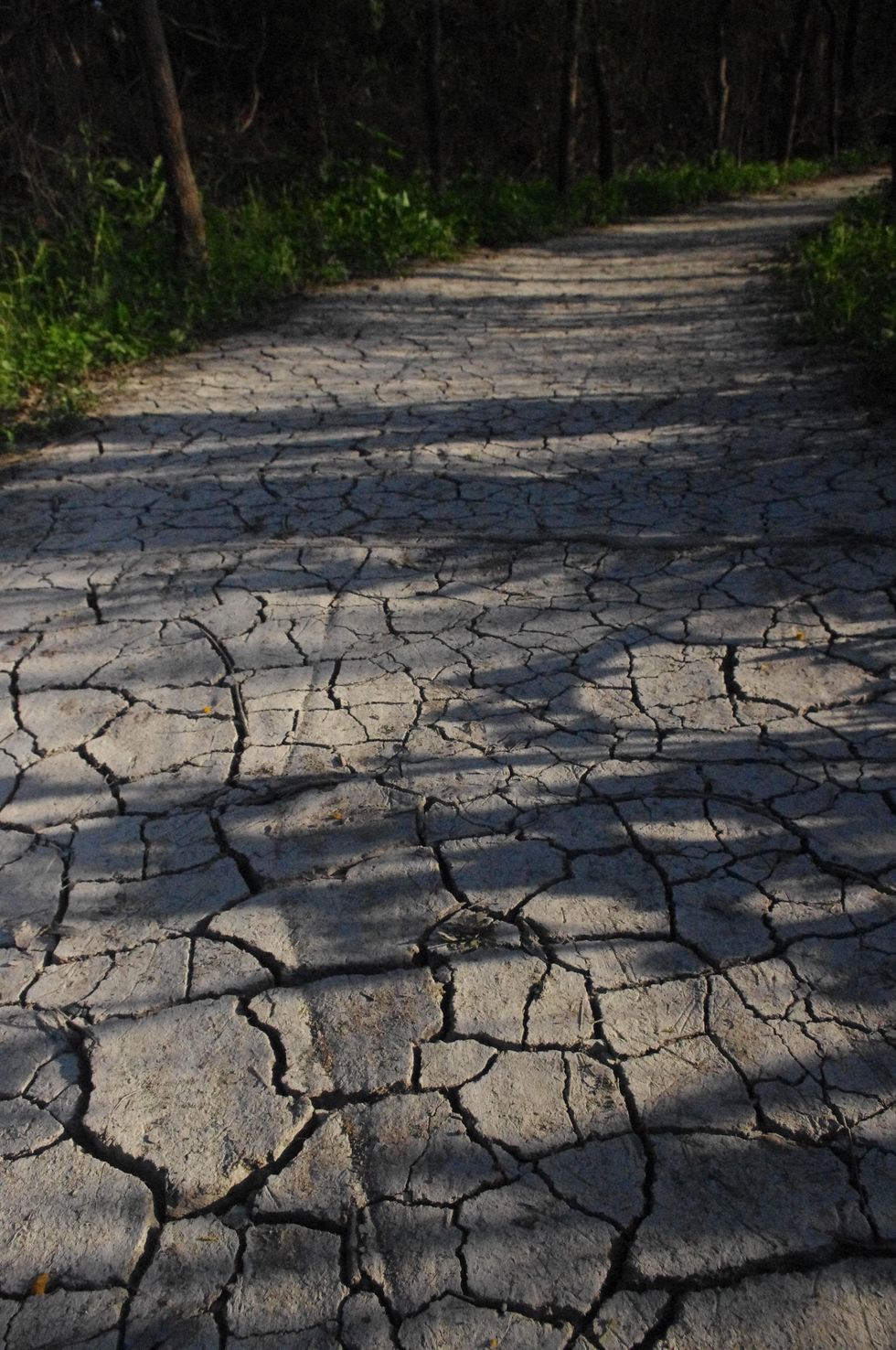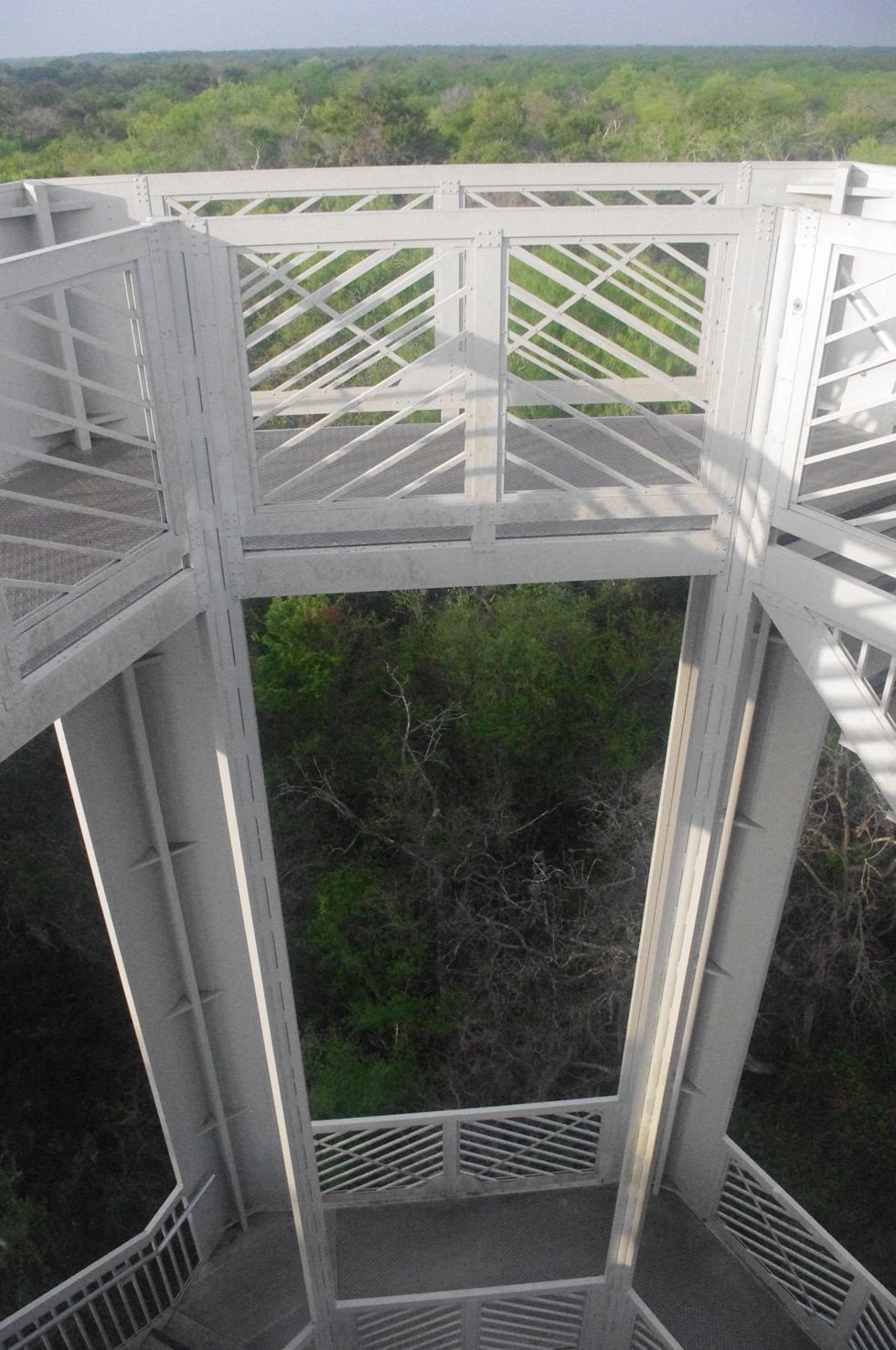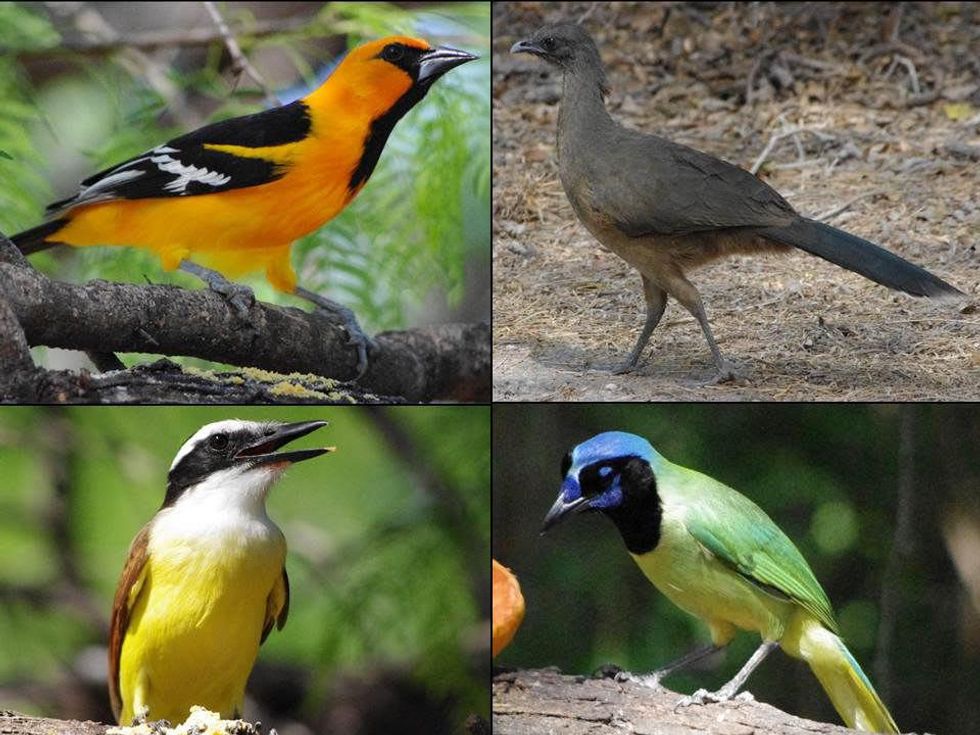The jewel of the refuge system
Taste the tropics in Texas: Go worlds away in half a day in the Santa Ana National Wildlife Refuge

If you're looking for a glimpse of the tropics that's a relatively easy drive away, the Santa Ana National Wildlife Refuge has your name written all over it.
This unique refuge in southern Texas (about eight hours from Austin) is often considered the jewel of the United States refuge system. At 2,088 acres, it isn't particularly large and walking past the spacious visitor center down a concrete boardwalk doesn’t strike the first-time visitor as especially wild.
But turning the corner, and several paces down one of the narrow trails, will leave the visitor in a different world.
Your wildlife is a wonderland
The forest is full of bird song, and along Willow Lake, long beards of Spanish moss drape gnarled oaks. With luck, one may spot a Texas Indigo Snake crossing a trail. At a maximum of eight feet, it's one of the largest snakes in North America, but harmless and shy.
Approaching the lake, turtles drop into the water from sunny logs, dozens of water birds take flight and a rainbow of butterflies patrol flower patches.
The trails appear to wind endlessly through dense scrub and forest. The wet air carries the fragrance of blooms, rotting leaves and untrammeled woods. In the mud along a drying creek, it's possible to look for the presence of elusive and nocturnal creatures found in the preserve.
Raccoon prints are common, coyote tracks mix in, and some marks look a lot like bobcat — or even the rare ocelot, which still stalks the thickets here.
More than just a pretty place
It quickly becomes apparent why the refuge is such an important and special place. Established in 1943, it protects one of the last swaths of primordial scrubland, resacas and riparian woods found in the Lower Rio Grande Valley.
While much of the surrounding land has been converted to agriculture, in the refuge, plants and animals found nowhere else in the United States thrive.
The refuge also offers over 12 miles of trails. The shorter Chachalaca and Cattail Lakes Trails are ideal for wildlife watching, photography, or just relaxed immersion in the tropical forest. Longer walks lead right through the center of the refuge and a loop takes hikers to the banks of the Rio Grande.
A canopy walkway, consisting of a 100-foot rope bridge, gets one up close and personal with the rich vegetation and animals of tree crowns.
To get an even better view, a 40-foot observation tower allows visitors to look over unbroken forest south — right into Mexico — offering a bird's-eye view of what southern Texas looked like before the European arrival.
Kick back and take a nature break
For anyone not out for a hike, daily tram tours offer leisurely access to the interesting places on the refuge. A seven-mile wildlife loop takes participants through extensive forest, past wetlands, and includes a stop at a historic cemetery dating back to the cattle days. Guided nature walks are usually offered on weekends.
It’s possible to take a break from the heat, especially in late spring and summer, in the large visitor center. The center includes educational displays and a bookstore. Helpful volunteer staff are always ready to recommend trails or places to spot wildlife.
My stamp of approval
I find the best way to visit the refuge is to make a long day of it. Just before sunrise, it's possible to glimpse nocturnal critters dashing for cover, and the air is clear with cool temperatures. The majority of trails remain deserted until late morning, and mornings offer the best chances for photography.
To take a break from the midday heat that is inevitable, except during winter, head back into nearby Pharr or McAllen for lunch and re-hydration.
The evenings at Santa Ana are magical, so get back in time for sunset. Either watch the draped trees across Willow Lake fade in an orange glow, or stand atop the observation tower for unobstructed views of the setting sun.
Twelve miles of trails and a seven mile paved loop crisscross the refuge, leading past wetlands and riparian woods full of animals and unique plants.
